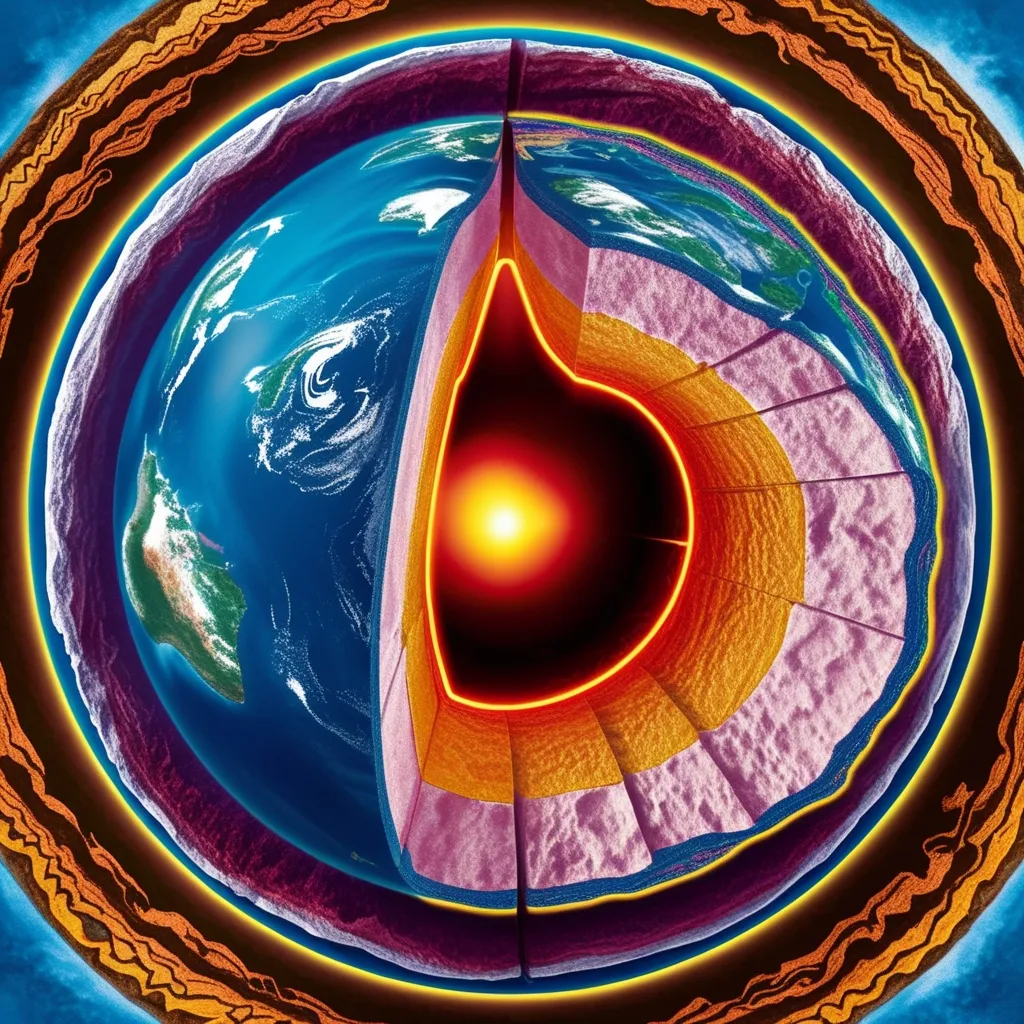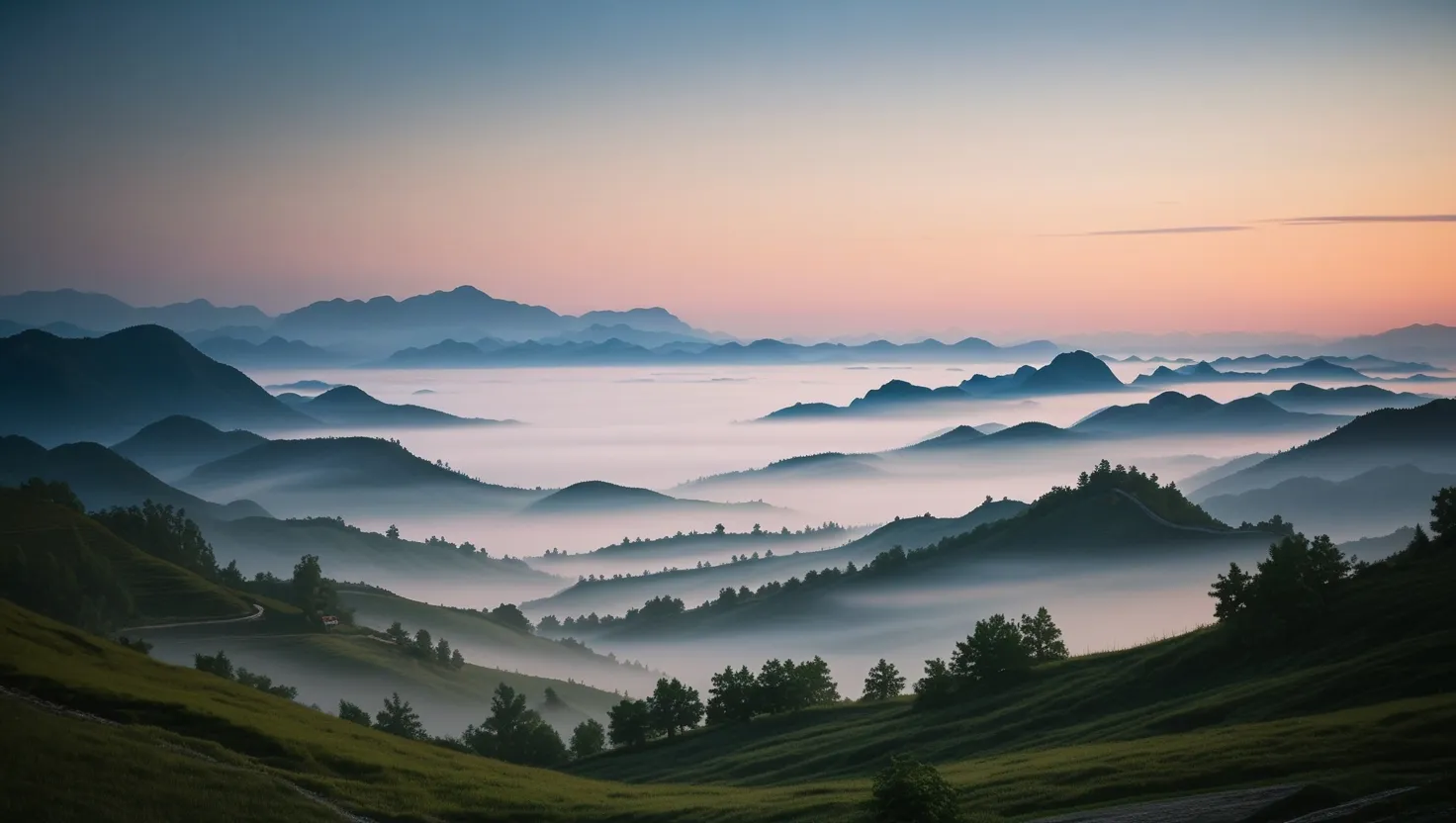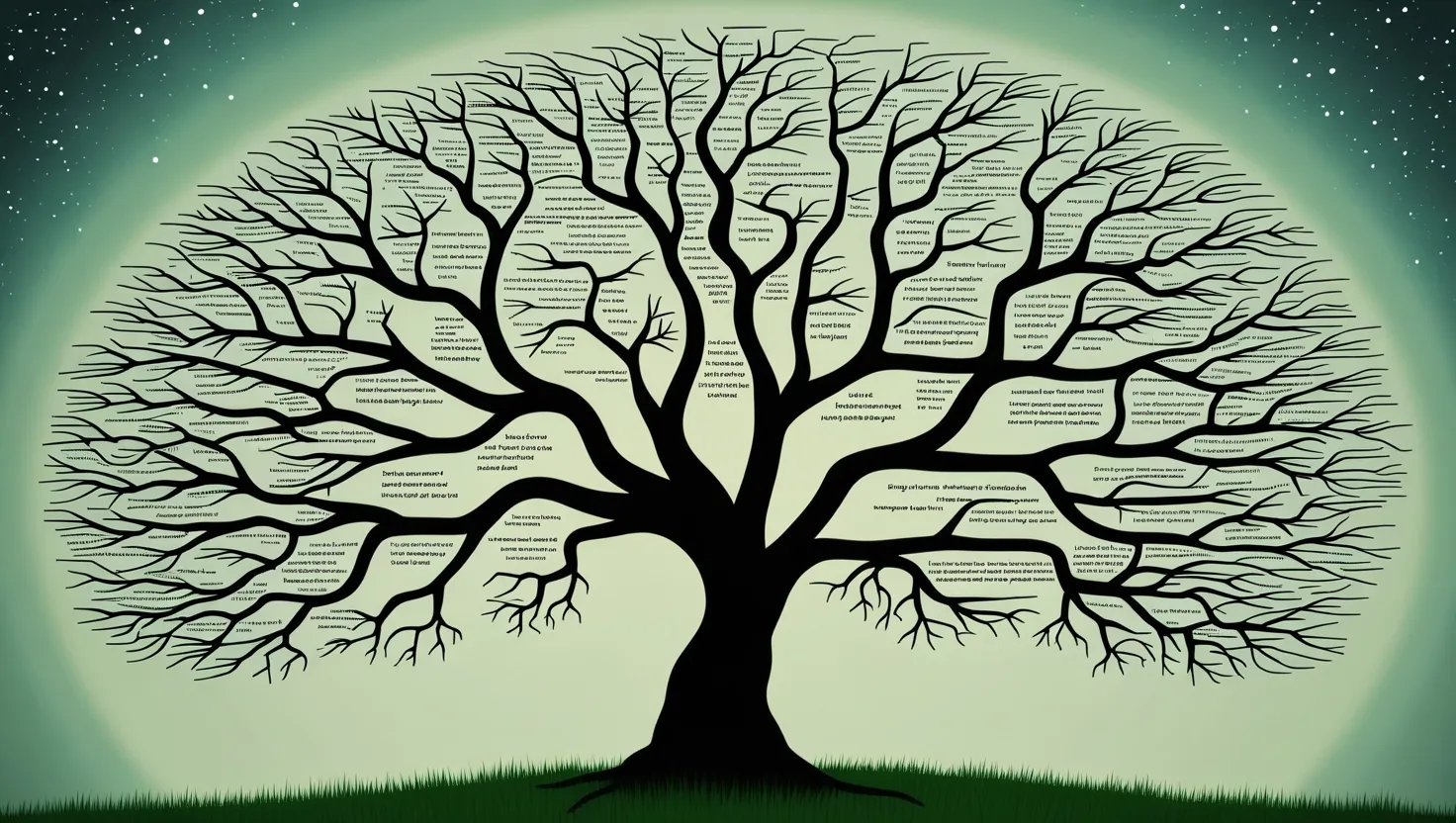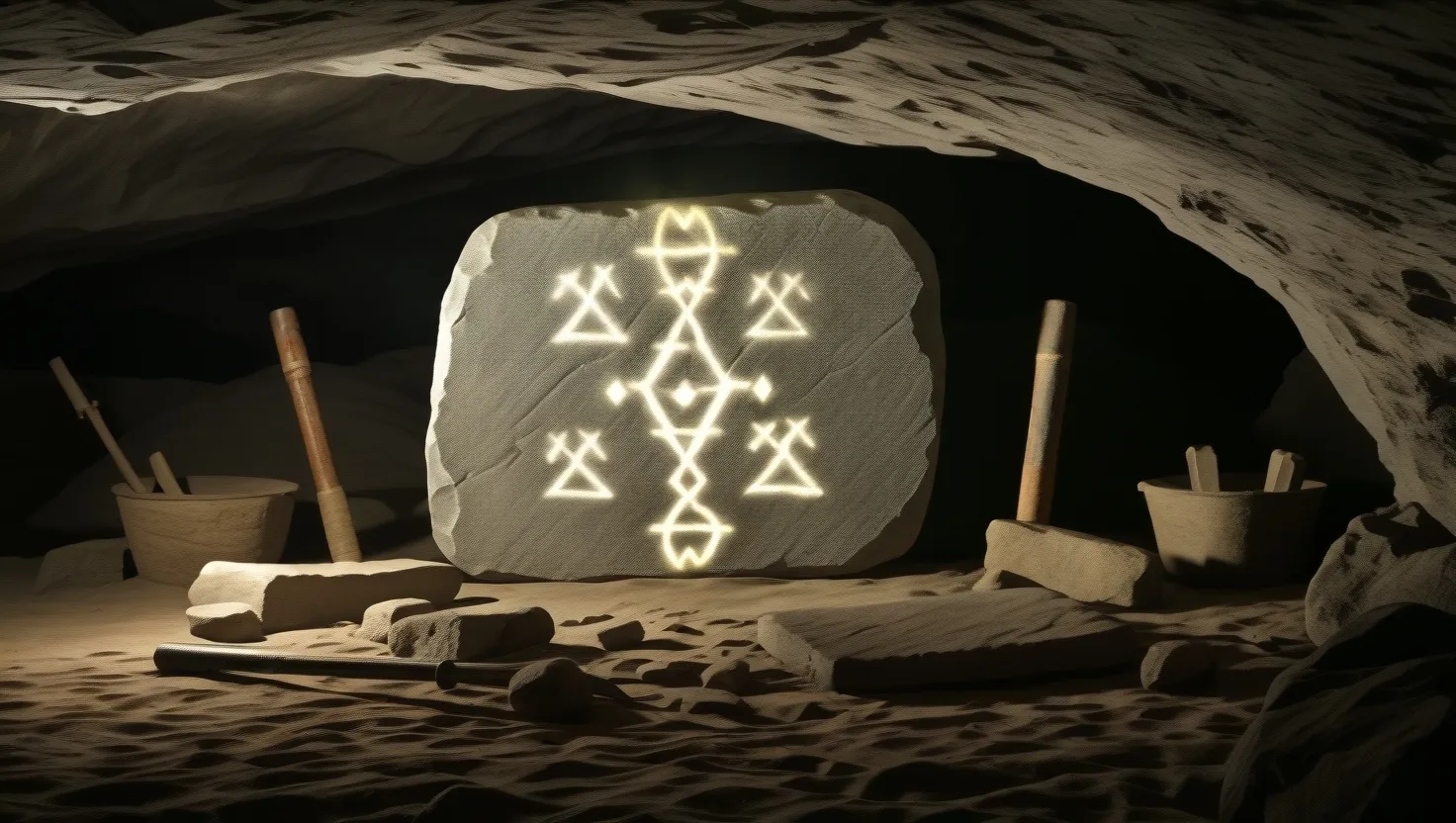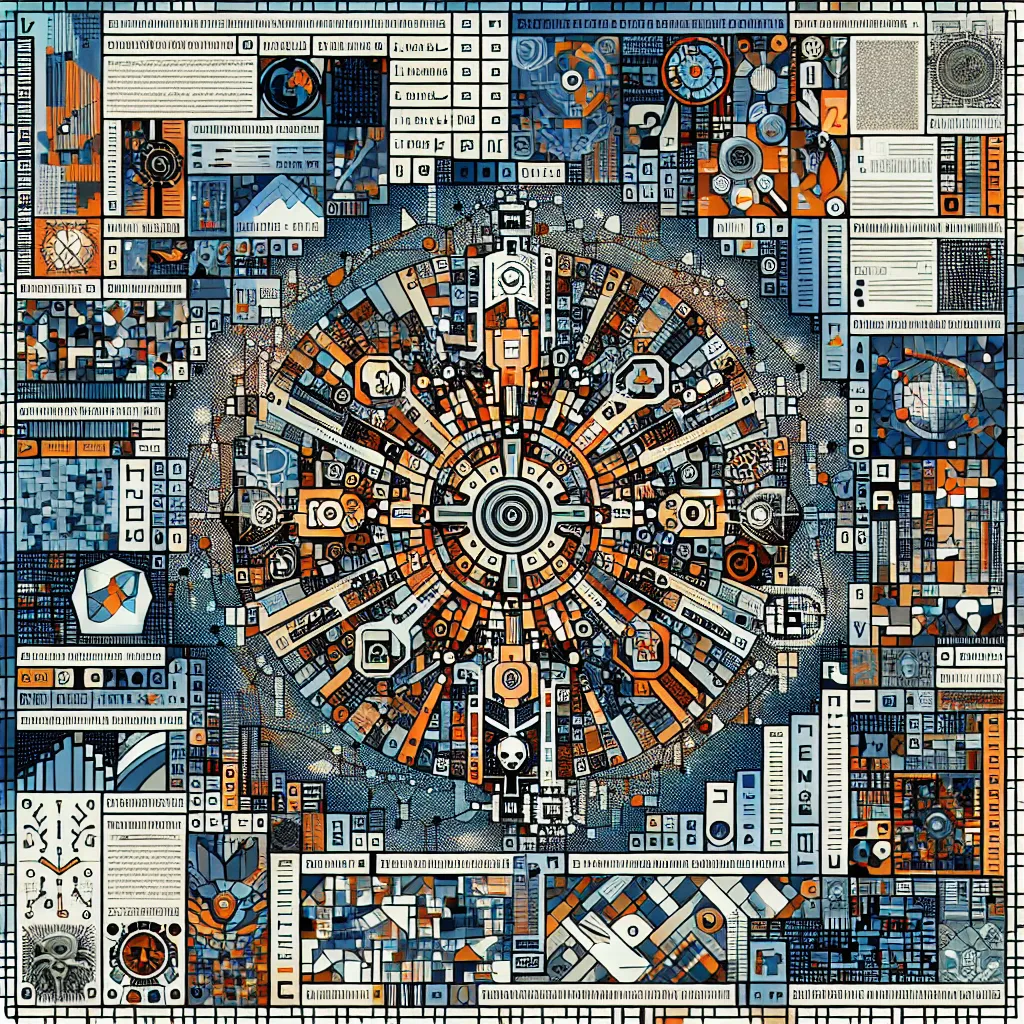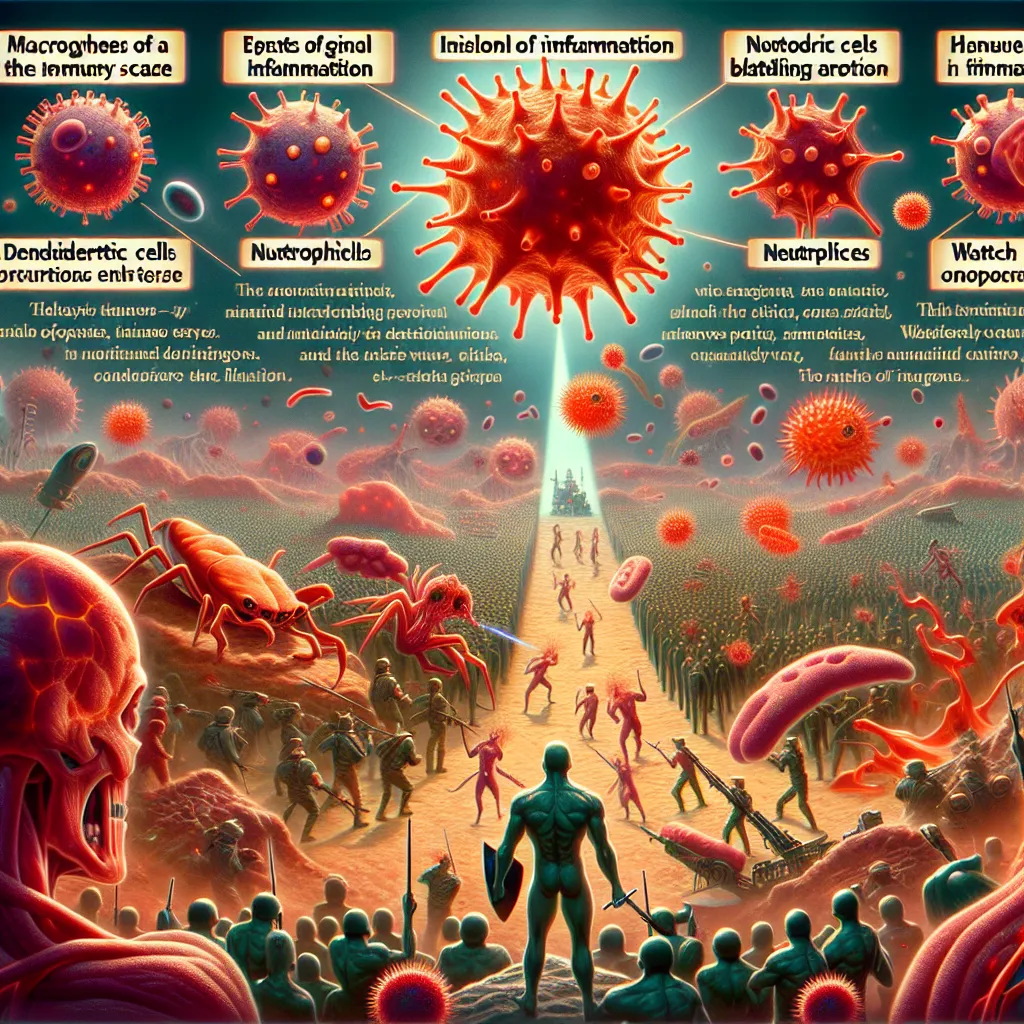Hollow Earth: Unraveling the Mystery of an Underground World
Ever wondered if there’s more to our planet than meets the eye? The Hollow Earth theory has been captivating imaginations for centuries, promising hidden worlds and untold wonders beneath our feet. It’s a wild ride of an idea that’s been around for ages, sparking debates and fueling countless sci-fi stories.
So, what’s the deal with this Hollow Earth business? Picture this: instead of a solid ball of rock, our planet is more like a giant chocolate egg with a surprise inside. Believers say the Earth is actually a hollow shell, about 800 miles thick, with massive openings at the North and South Poles. These openings? They’re supposed to be a whopping 1,400 miles wide! That’s like having a hole the size of the entire United States at each pole.
But wait, there’s more! According to the theory, this inner world isn’t just an empty cave. Oh no, it’s got its own sun, lush landscapes, and even critters running around. It’s like a whole other planet tucked away inside ours. Pretty mind-blowing, right?
This idea isn’t just some modern conspiracy theory cooked up on the internet. It’s got roots that go way back. Ancient myths and legends from all over the world have hinted at hidden realms within the Earth. The Norse had Valhalla, a paradise for warriors hidden deep underground. Tibetan tales speak of Shangri-La, a utopia tucked away from the rest of the world. And the Greeks? They had the Elysian Fields, where heroes chilled out in the afterlife.
These old stories show that humans have always been fascinated by the idea of secret worlds. It’s like we can’t help but imagine there’s more to our planet than what we see on the surface. And honestly, who can blame us? The thought of an undiscovered paradise just waiting to be found is pretty exciting.
Now, let’s talk about one of the biggest names in Hollow Earth lore: Admiral Richard Byrd. This guy was a real-life explorer who made several expeditions to the poles. According to some accounts, Byrd claimed he actually flew into the Hollow Earth during one of his trips. He described a land of greenery, with animals roaming around, lakes, and perfect weather all year round. It’s like he stumbled into Earth’s secret summer home!
But here’s where things get tricky. Byrd’s supposed journey into the Earth’s core is now considered more myth than fact. It’s one of those stories that’s been passed around and embellished over time, kind of like a game of telephone but with explorers and hidden worlds.
So, what does science have to say about all this? Well, it’s not great news for Hollow Earth fans. Modern science has some pretty solid evidence that our planet isn’t hollow. One of the biggest clues comes from earthquakes. When the ground shakes, it sends waves through the Earth. Scientists study these waves to figure out what’s inside our planet. And what they’ve found is that the Earth is made up of layers – a solid crust, a mantle of hot rock, a liquid outer core, and a solid inner core. No hollow spaces or secret civilizations in sight.
Then there’s gravity. If the Earth were hollow, gravity would work differently inside. According to Newton’s Shell Theorem (fancy physics stuff), if you were inside a hollow Earth, you’d float around weightlessly. That would make it pretty hard for any inner-Earth civilizations to exist, unless they’re all secretly astronauts.
But hey, don’t let science rain on your parade just yet. Recent discoveries have shown that there’s still plenty of mystery left in our planet. For example, scientists have found massive amounts of water deep within the Earth’s mantle. We’re talking oceans’ worth of water trapped in the rocks beneath our feet. Some Hollow Earth believers got pretty excited about this, thinking it might prove their theory. But the reality is a bit different – and honestly, just as cool.
This water isn’t sloshing around in some giant underground sea. It’s actually trapped inside minerals like ringwoodite. As these minerals move deeper into the Earth, they release the water, causing parts of the mantle to melt. It’s like Earth has its own internal water cycle going on, completely separate from the oceans and rivers we see on the surface.
While this doesn’t prove the Hollow Earth theory, it does show that our planet is even more complex and amazing than we thought. There’s still so much we don’t know about what’s going on beneath our feet. Every new discovery opens up more questions and possibilities.
So why do people still believe in the Hollow Earth theory, even with all the scientific evidence against it? Well, it’s just so darn appealing. The idea of a hidden world, untouched by humans and full of wonders, speaks to something deep inside us. It’s the same part of us that loves exploring, that wants to believe there’s still magic and mystery in the world.
Plus, Hollow Earth stories often come with tales of advanced civilizations living down there. These underground societies are usually described as peaceful, loving, and way smarter than us surface dwellers. It’s like an escape fantasy – a perfect world hidden away from all the problems we face up here.
In a way, the Hollow Earth theory is a modern myth. It might not be scientifically accurate, but it taps into our hopes, fears, and dreams. It’s a story that makes us wonder “what if?” and encourages us to imagine possibilities beyond our everyday lives.
So, where does that leave us? Is the Earth hollow? Sorry to burst your bubble, but probably not. All the evidence we have points to a solid (well, mostly solid) planet. But that doesn’t mean we should stop being curious or imagining what might be.
The real Earth, with its complex layers, internal water cycles, and countless mysteries, is just as fascinating as any hollow world fantasy. Every day, scientists are discovering new things about our planet. There are still unexplored caves, unmapped ocean floors, and who knows what else waiting to be found.
Maybe the lesson from the Hollow Earth theory isn’t about whether it’s true or not. Maybe it’s about keeping that sense of wonder alive. It’s about remembering that there’s always more to learn, more to explore, and more to discover – both in the world around us and in our own imaginations.
So next time you’re out for a walk, take a moment to think about what might be happening miles beneath your feet. Picture the slow dance of tectonic plates, the churning of the molten core, the hidden rivers of water trapped in rocks. Our planet might not be hollow, but it’s full of wonders that are just as amazing as any science fiction story.
And who knows? Maybe someday we’ll discover something so incredible about our Earth that it’ll make the Hollow Earth theory look boring in comparison. Until then, keep wondering, keep exploring, and never stop being amazed by the incredible planet we call home.
